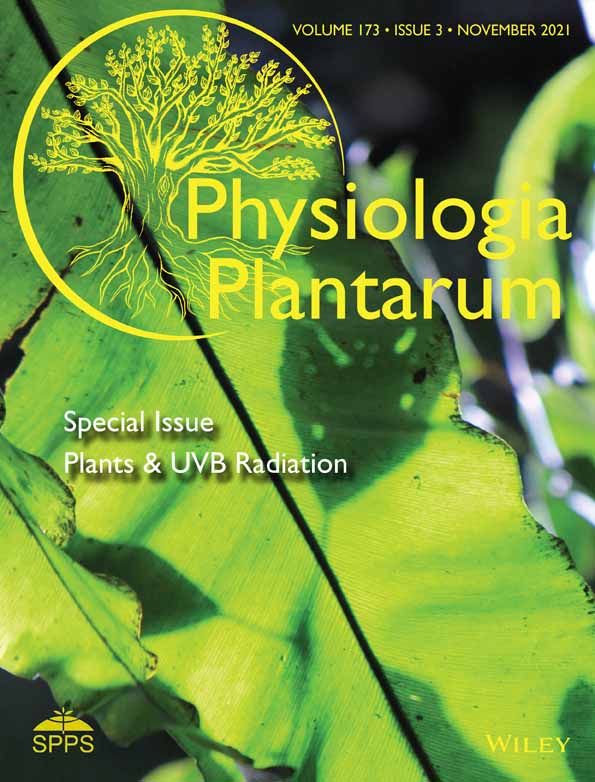Late embryogenesis abundant (LEA) genes display distinct functions in response to abiotic stresses in plants. In pearl millet (Pennisetum glaucum L.), a total of 21 PgLEA genes were identified and classified into six groups including LEA1, LEA2, LEA3, LEA5, LEA7, and dehydrins (DHN). Open reading frames (ORFs) of PgLEAs range from 291 bp (PgLEA1-1) to 945 bp (PgLEA2-11) and distributed randomly among the seven chromosomes. Phylogenetic analysis revealed that all PgLEA proteins are closely related to sorghum LEA proteins. The PgLEAs were found to be expressed differentially under high progressive vapor pressure deficit (VPD), PgLEA7 was significantly expressed under high VPD and was selected for functional validation. In silico analysis of the PgLEA promoter regions revealed abiotic stress-specific cis-acting elements such as ABRE, CCAAT, MYBS, and LTRE. Based on the type of motifs, PgLEAPC promoter (758 bp), its deletion 1 (PgLpd1, 349 bp) and deletion 2 (PgLpd2, 125 bp) were cloned into the plant expression vector pMDC164 having the promoter-less uidA gene. All the three plant expression vectors were introduced into tobacco through Agrobacterium tumefaciens-mediated transformation to obtain T1 and T2 generations of transgenic plants. Based on expression of the uidA gene, tissue-specific expression was observed in mature stems, roots and seedlings of PgLEAPC and PgLpd1 carrying transgenics only. While the transgenic PgLEAPC plants displayed significantly higher uidA expression in the stem and root tissues under salt, drought, heat, and cold stresses, very low or no expression was observed in PgLpd1 and PgLpd2 transgenics under the tested stress conditions. The results of this study indicate that the complete promoter of PgLEAPC plays a role in developing abiotic stress tolerance in plants.

